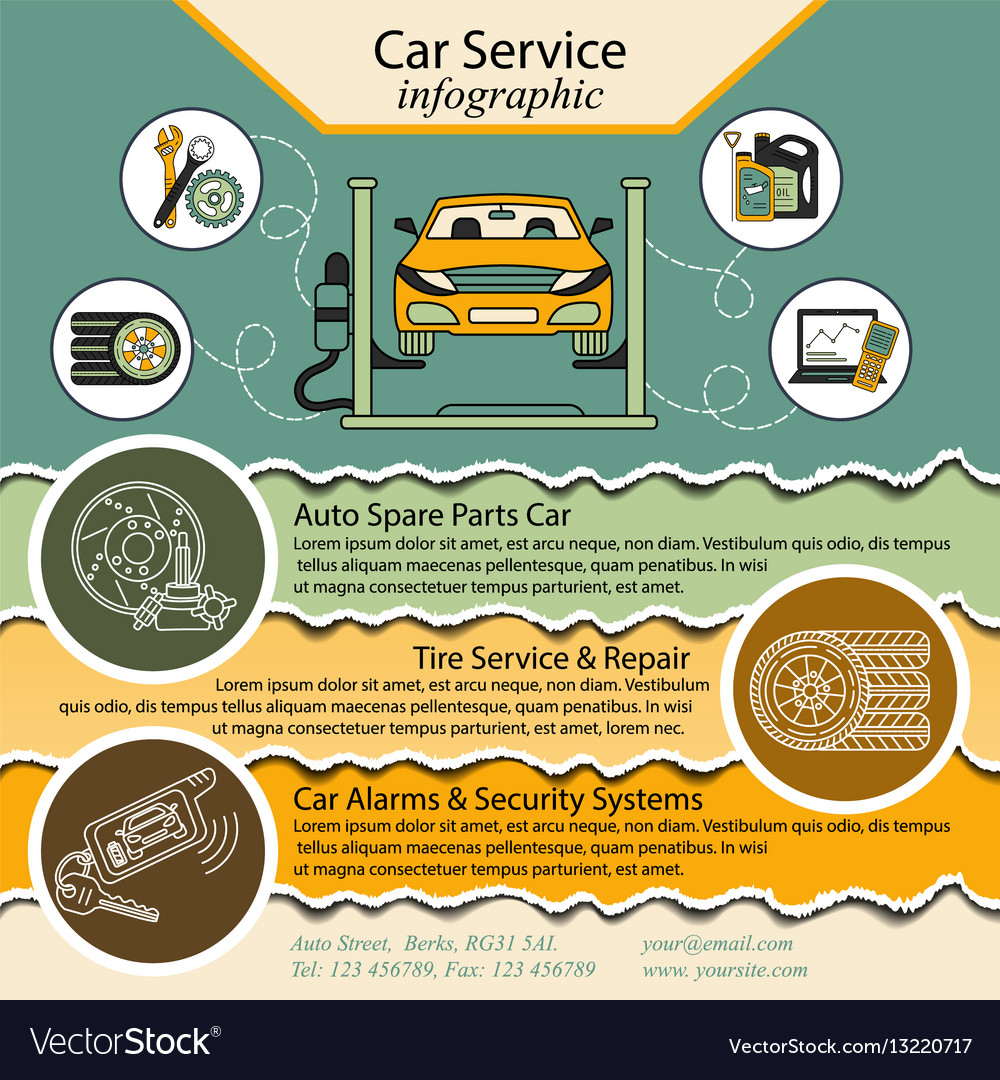Decoding Your Vehicle'S Caution Indicators: What They Absolutely Represent
Decoding Your Vehicle'S Caution Indicators: What They Absolutely Represent
Blog Article
Personnel Author-Vinson Corbett
When you're behind the wheel, those glowing warning lights on your dashboard can be a bit complicated. Do you understand what they're attempting to inform you concerning your automobile's health? Recognizing the importance of these lights is crucial for your safety and security and the long life of your vehicle. So, the next time among those lights appears, wouldn't you wish to decipher its message accurately and take the needed steps to address it?
Common Caution Lights and Interpretations
Determine common warning lights in your auto and recognize their significances to make certain secure driving.
The most common warning lights consist of the check engine light, which indicates concerns with the engine or discharges system. If this light comes on, it's critical to have your automobile checked immediately.
https://www.foley.com/en/insights/publications/2022/03/top-legal-issues-facing-automotive-industry-2022 alerting light suggests low oil stress, needing instant focus to prevent engine damages.
A blinking battery light might recommend a faulty billing system, potentially leaving you stranded otherwise resolved.
The tire stress tracking system (TPMS) light signals you to reduced tire pressure, impacting lorry security and gas performance. Disregarding this could lead to dangerous driving problems.
The abdominal muscle light suggests a problem with the anti-lock stopping system, jeopardizing your capacity to stop quickly in emergencies.
https://ecu-tuning-shops-near-me17284.theisblog.com/32306482/assess-your-lorry-s-demands-to-locate-the-excellent-cars-and-truck-describing-solution-for-you-but-which-factors-will-really-affect-your-choice but not least, the coolant temperature cautioning light warns of engine overheating, which can cause serious damage if not dealt with promptly.
Recognizing these typical caution lights will certainly assist you address issues quickly and keep safe driving problems.
Importance of Prompt Attention
Recognizing the typical caution lights in your automobile is just the first step; the relevance of quickly dealing with these cautions can't be emphasized sufficient to ensure your security when driving.
When a warning light illuminates on your control panel, it's your auto's method of interacting a prospective issue that needs interest. Ignoring these warnings can cause more severe issues in the future, jeopardizing your safety and possibly costing you a lot more in repairs.
Motivate interest to alerting lights can stop failures and accidents. For instance, a blinking check engine light could show a misfire that, if left unattended, can trigger damages to the catalytic converter. Resolving this immediately can conserve you from an expensive repair.
Similarly, a brake system advising light could signify reduced brake fluid or worn brake pads, essential parts for your security when driving.
Do It Yourself Troubleshooting Tips
If you see a caution light on your dashboard, there are a couple of do it yourself repairing pointers you can try prior to looking for specialist help.
The first step is to consult your cars and truck's handbook to understand what the particular caution light indicates. Occasionally the issue can be as straightforward as a loosened gas cap setting off the check engine light. Tightening up the gas cap may settle the issue.
An additional usual issue is a reduced battery, which can set off various warning lights. Examining the battery connections for rust and guaranteeing they're safe could take care of the trouble.
If a warning light lingers, you can attempt resetting it by disconnecting the car's battery for a couple of mins and afterwards reconnecting it. Furthermore, checking your automobile's fluid levels, such as oil, coolant, and brake liquid, can aid fix cautioning lights connected to these systems.
Verdict
In conclusion, understanding your automobile's warning lights is necessary for keeping your automobile running efficiently and safely. By immediately addressing these alerts and knowing what they imply, you can stay clear of costly repair work and potential failures.
Remember to consult your automobile's manual for particular information on each cautioning light and act appropriately to make sure a trouble-free driving experience.
Keep educated, stay risk-free when traveling!
